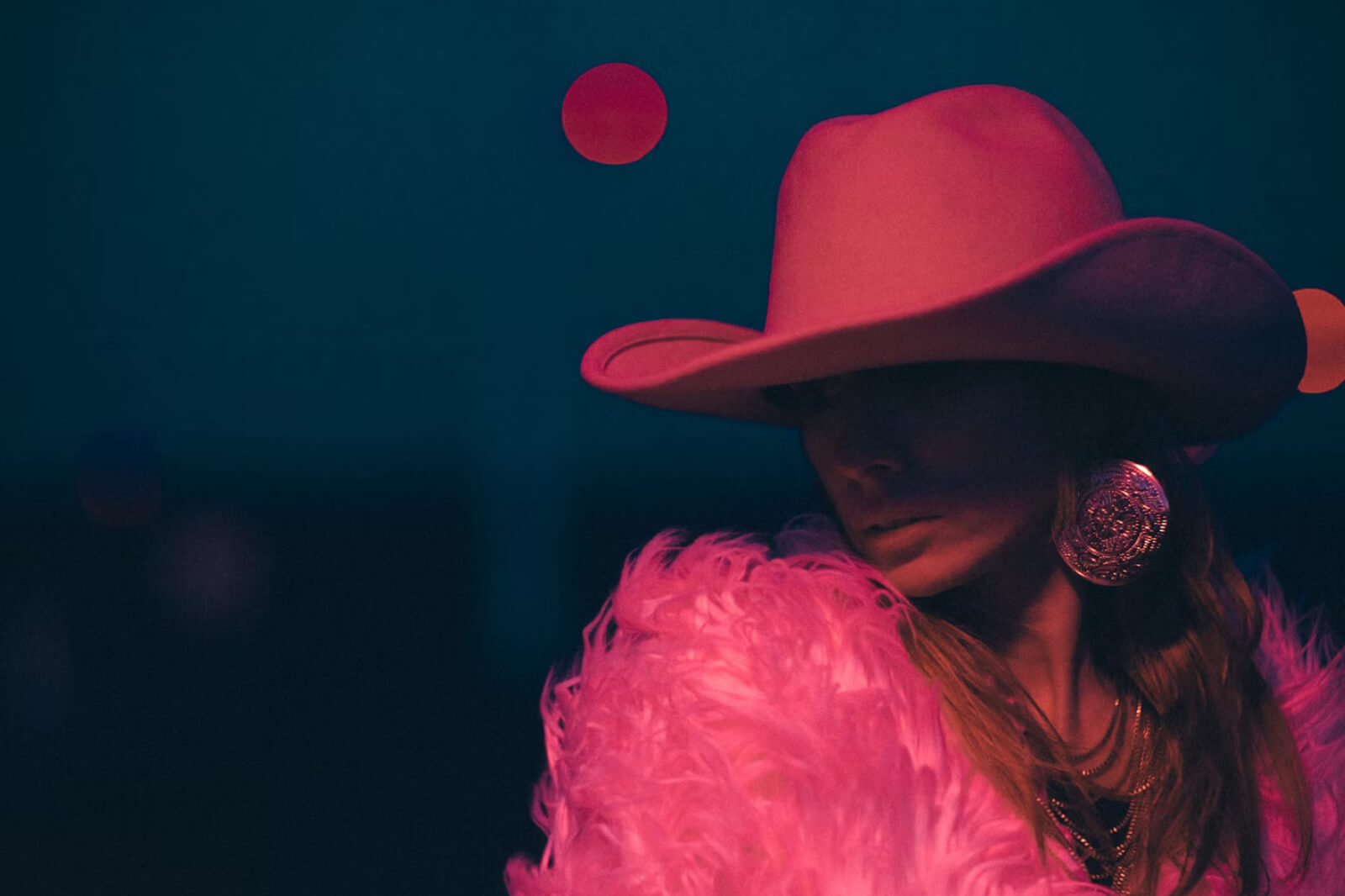11 years ago, on July 10th, 2009, Colombian singer Shakira released the first single off her third studio album.
“She Wolf” is a synth-pop banger built on a B minor progression. It was, in many ways, an insane song, born out of the singer’s own frustration and ennui.
“I was in the studio in a bad mood that day, then I got inspired and went to a corner and I wrote the lyrics and the melody in 10 minutes. The image of the she wolf just came to my head, and when I least expected it I was howling and panting,” Shakira said.
Though the music was composed by John Hill and Sam Endicott, lead singer of post-punk band The Bravery, the lyrics were all Shakira’s own. “[Shakira] contacted him (Hill), asking if he had any stuff,” said Endicott. “We never had her in mind. We just made the thing independently of her, and then she liked it a lot, and she sang over it. She used some of the melodies we put in there and then wrote these crazy lyrics about being a werewolf. And that’s how it happened.”
Shakira – She Wolfwww.youtube.com
It could mean a lot of things. “She Wolf” is deeply campy and a bit weird. It features, among other strange lines, the lyric, “I’m starting to feel just a little abused, like a coffee machine in an office.”
Its accompanying music video added another, fiercer dimension to the song. Featuring iconic images of Shakira dancing in a nude bodysuit in gold cages and various locations, it’s actually a glorious protest and a celebration of Shakira’s internal wild sexuality, completely on her terms.
But the song also touches on a deeper archetype: the inner wolf, an archetypal symbol of the internal “wild woman,” the ancient, liberated and divine feminine source that appears over and over again in folklore across the world.
With “She Wolf,” Shakira asked her listeners to embrace their desire to be free from a boring male partner—but she also asked listeners to embrace their animal sexualities and desires. Even deeper than that, she asked listeners to tap into their deeper wild she-wolf.
The book Women Who Run With the Wolves by Clarissa Pinkola Estes explores the wild woman/wolf archetype beautifully, threading myth with modern anxieties, advising women to tap deeper into their true longings and spirits.
“The old one, the One Who Knows, is within us. She thrives in the deepest soul-psyche of women, the ancient and vital wild Self,” Estes writes. “Her home is that place in time where the spirit of women and the spirit of wolf meet- the place where the mind and instincts mingle, where a woman’s deep life funds her mundane life. It is the point where the I and the Thou kiss, the place where, in all spirit, women run with the wolves.”
The Spanish-language version of Shakira’s “She Wolf” is called “Loba”—a term that is also the title of a book of poetry by Diane DiPrima, a Beat poet who dedicated herself to reintegrating the wild into the feminine.
Sometimes viewed as the female counterpart to Allen Ginsberg’s Howl, like Shakira’s “She Wolf,” DiPrima’s poetry is about the reclamation of internal wildness. It “explores the wilderness at the heart of experience, through the archetype of the wolf goddess, elemental symbol of complete self-acceptance,” its liner notes read. Loba, DiPrima writes, is “the wolf / is taboo, w/ the bear / the birch, the owl because / because it forces / to see / bring the eye / to a focus of the semi- / or in- / visible.”
So Shakira’s “She Wolf” entered into a tradition of female liberation in an era before #MeToo and modern intersectional feminism took flight. When Shakira sings, “There’s a she wolf in the closet,” she may have been talking about the ancient wolf archetype, or she may have been talking about internalized queerness or another deep secret held below the threshold of conventionality.
Either way, on this day 11 years ago, Shakira called a whole generation of wild women out of the closet, and we have no choice but to stan.













